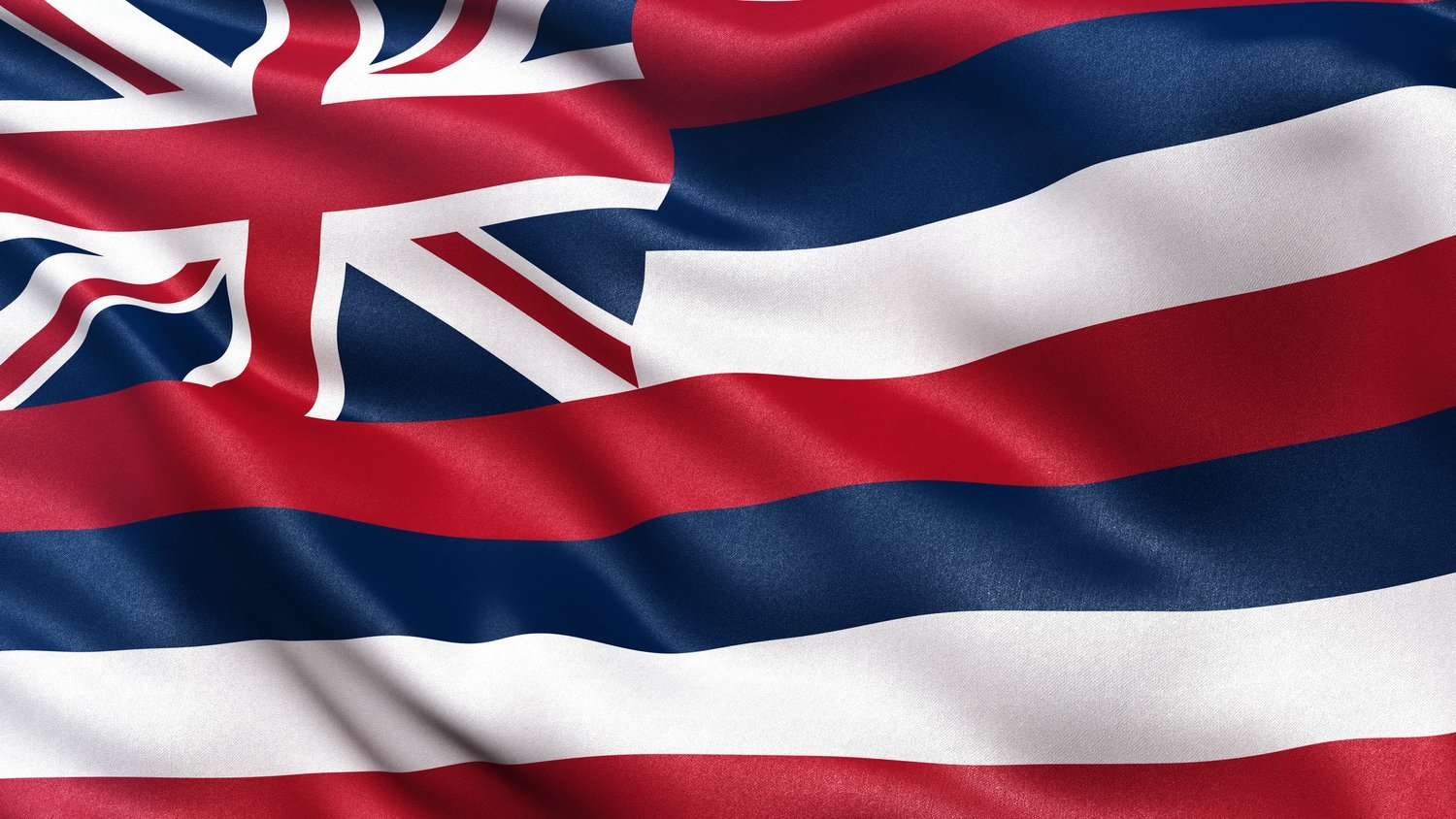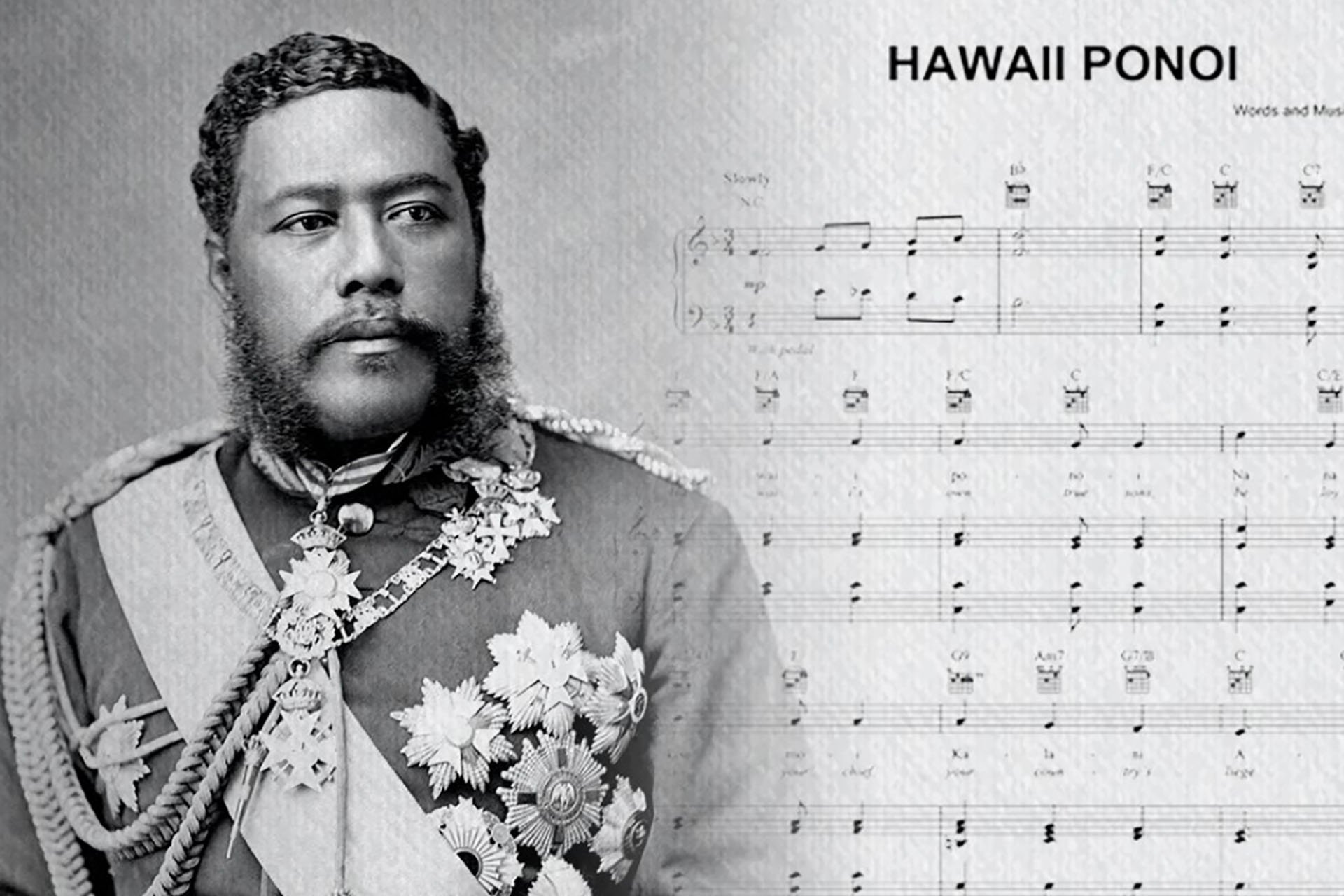HUI KANAKA PŌWĀWAE
IDENTITY

Our Name
HUI
[hū'-i] — ‘Ahahui or hui expresses the idea of an association or federation.
KANAKA
[kă'-nă'-ka] — Kanaka refers to “man,” but also to someone of Hawaiian descent.
PŌWĀWAE
[pō·wā·wae] — Pōwāwae is the word for futsal and football (soccer).

Our Mark
SHIELD/KALO
The leaf-shaped shield symbolizes kalo (taro) a canoe plant rooted at the core of Hawaiian culture and identity representing the fundamental Hawaiian values of family and ancestry.
DIVISIONS
The division of the shield symbolizes the dual worlds Hawaiians must live in as de facto American citizens and subjects of an Independent State. The wave-shaped crests embody the ocean which connects, rather than divides our islands. The waves intertwined represent the balance one must find to exist soundly in dual realities.
BALL/STAR
Centered between the waves is a star-charged football (soccer ball), representing Nā ‘Ālapa Hawai‘i (our National Teams) as Ka Hoku o Osiana. The symbol is inspired by the Royal Order of “The Star of Oceania” featuring the Hawaiian Kingdom as the Guiding Light of the Pacific.

Our Flag
On November 28, 1843, formal separation from the British Empire occurred when Hawaiian Independence was jointly recognized by the governments of the Great Britain and France. Two years later, on May 25, 1845, a revised National Flag was unfurled at the opening of the Hawaiian Legislature. The Hae Hawai‘i, or Hawaiian National Flag previous differed only in the number of stripes, in its arrangement of colors, and has since remained unchanged.
In the Polynesian Newspaper of May 31, 1845, was the following article which described the Hawaiian Flag after heraldic fashion:
At the opening of the Legislative Council, May 25, 1845, the new national banner was unfurled, differing little however from the former. It is octo. (eight) parted per fess (horizontal band), first, fourth and seventh, argent (silver represented by the color white): second, fifth and eighth, gules (the color red): third and sixth, azure (light purplish blue), for the eight islands under one sovereign, indicated by crosses saltire, of St. Andrew and St. Patrick quarterly, per saltire counterchanged, argent (white) and gules (red).

Our Anthem
The Hawaiian National Anthem, entitled Hawai‘i Pono‘ī, was composed by His Majesty King David Kalākaua in 1876, honoring King Kamehameha I, the founder of the Hawaiian Kingdom in 1810.
The music was arranged by Captain Henri Berger, Bandmaster of the Royal Hawaiian Band, and was based on the Prussian hymn “Heil Dir Im Siegerkranz.” The English translation is provided below, however, the anthem is always sung in Hawaiian.
English
Hawai‘i’s own
Observe the actions of your King
Prominent figure of our people
Ruling authority
Chorus:
Great father
Kamehameha!
It is you and I who shall defend
With piercing spears!
Hawai‘i’s own
Look to your chiefs
The chiefs of younger descent
The younger brothers
(Chorus)
Here is Hawai‘i’s own
O great nation!
It is through your great works
That we are activated
(Chorus)
Hawaiian
Hawai‘i pono‘ī
Nānā i kou mō‘ī
Ka Lani Ali‘i
Ke Ali‘i
Hui:
Makua lani ē
Kamehameha ē
Na kāua e pale
Me ka ihe
Hawai‘i pono‘ī
Nānā i nā Ali‘i
Nā pua kou muli
Nā pōki‘i
(Hui)
Hawai‘i ponoʻī
E ka lāhui ē
‘O kāu hana nui
E ui ē
(Hui)
